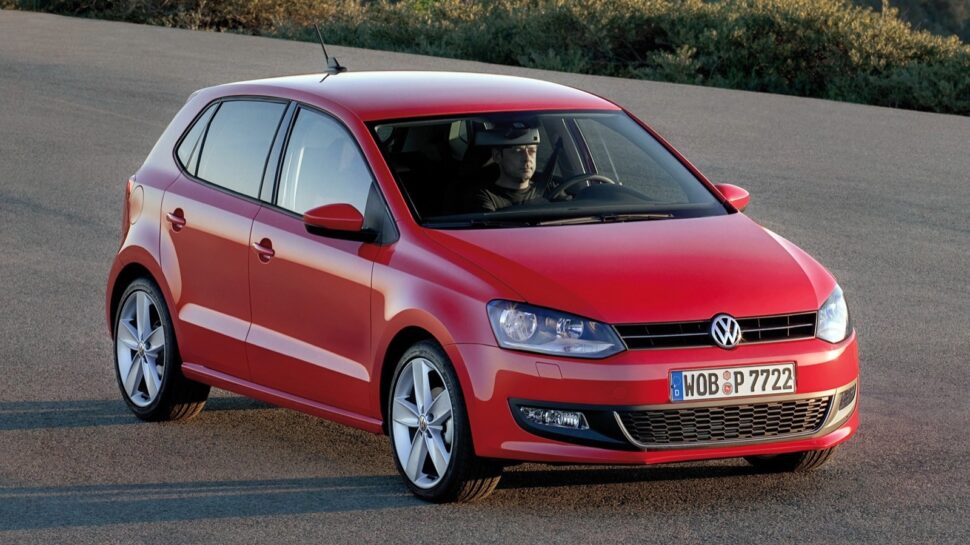
The expert jury sometimes gets it right, of course. These 11 vehicles deservedly won Car of the Year.
The Geneva salon is eager to get started. Unless you’re reading this a little later, then the Geneva Salon has already started or is already over. It doesn’t matter for the scope of this article. In addition to a lot of car news, the Geneva Salon is also the event where – on the eve – the new Car of the Year is announced.
This title has been very uncontested for years by the journalists who are not allowed to participate in it. It is a Dutch initiative (yes!) of Autovisie and every year this jury meets to appoint the best newcomer. And although there are a lot of awards these days, this is the only one that really matters (besides the Car Whiz Car of the Year).

Deserved winners of Car of the Year
It does not always result in the desired winner, however. As a true Captain Hindsight, we were able to determine that the jury was often (significantly) wrong in their choices. It is true that afterwards it turned out that a car was extremely poorly put together and fell apart exactly one day after the lease period. In our previous article we looked at the times when the winner was undeserved, but in this case we look at it from a positive side and highlight the 11 cars that quite deservedly became car of the year.
Volkswagen Polo (Typ 6R)
2010
Look, basically this is what the Car of the Year election is all about. The best car on points. And from 2010-2020, Volkswagen had a very strong line-up in terms of models. Now we choose the Polo, but it could also have been the Golf VII or Passat B8. The Volkswagen Polo was and is a very strong offer. Such a typical VW that doesn’t really fail anywhere. In the Netherlands we are a bit jaded with the Bluemotion jerks, but a neat 1.2 TSI Highline is still an excellent B-segment hatchback in 2024.
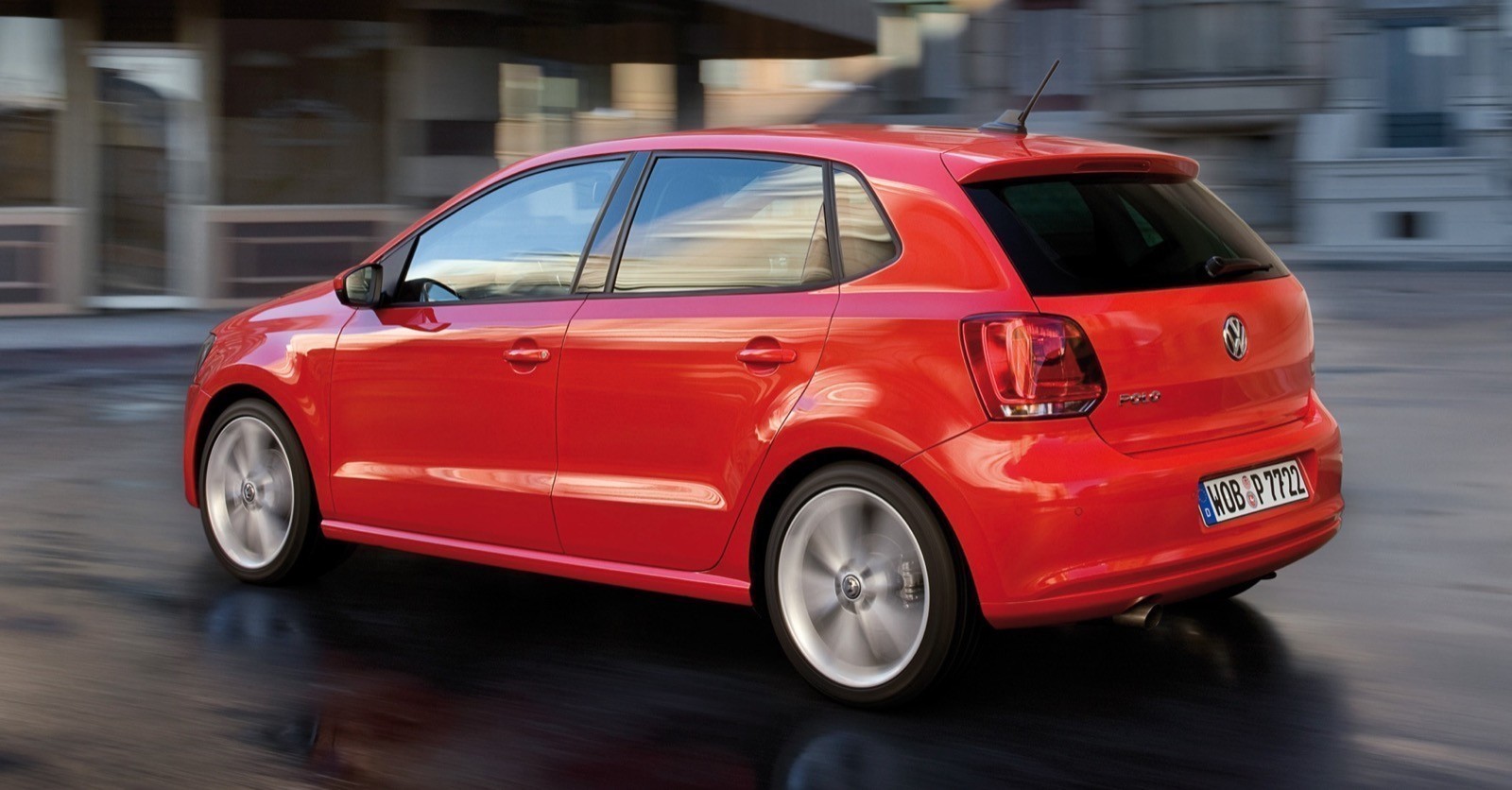
In the year 2010 the competition was not huge either. The Toyota iQ answered questions no one asked (except for Aston Martin, perhaps) and the Opel Astra (third) was neat, but seriously obese. So in that respect it was a more than good ECOTY winner.
Toyota Prius (NHW20)
2005
Actually, the first Prius should have won. It participated in 2001, but the stunning Alfa 147 won. Fortunately, there was a journalist who pointed out to us last time that only the hybrid drive of the Prius was good, the rest of the car was a mediocre overall package. By 2005, Toyota had more experience with the hybrid concept and the engineers and designers had a much larger budget to work with. The end product was much better as a total package. In fact, the Hyundai Ioniq was actually a copy of this car. If people copy you, it means you are doing very well.
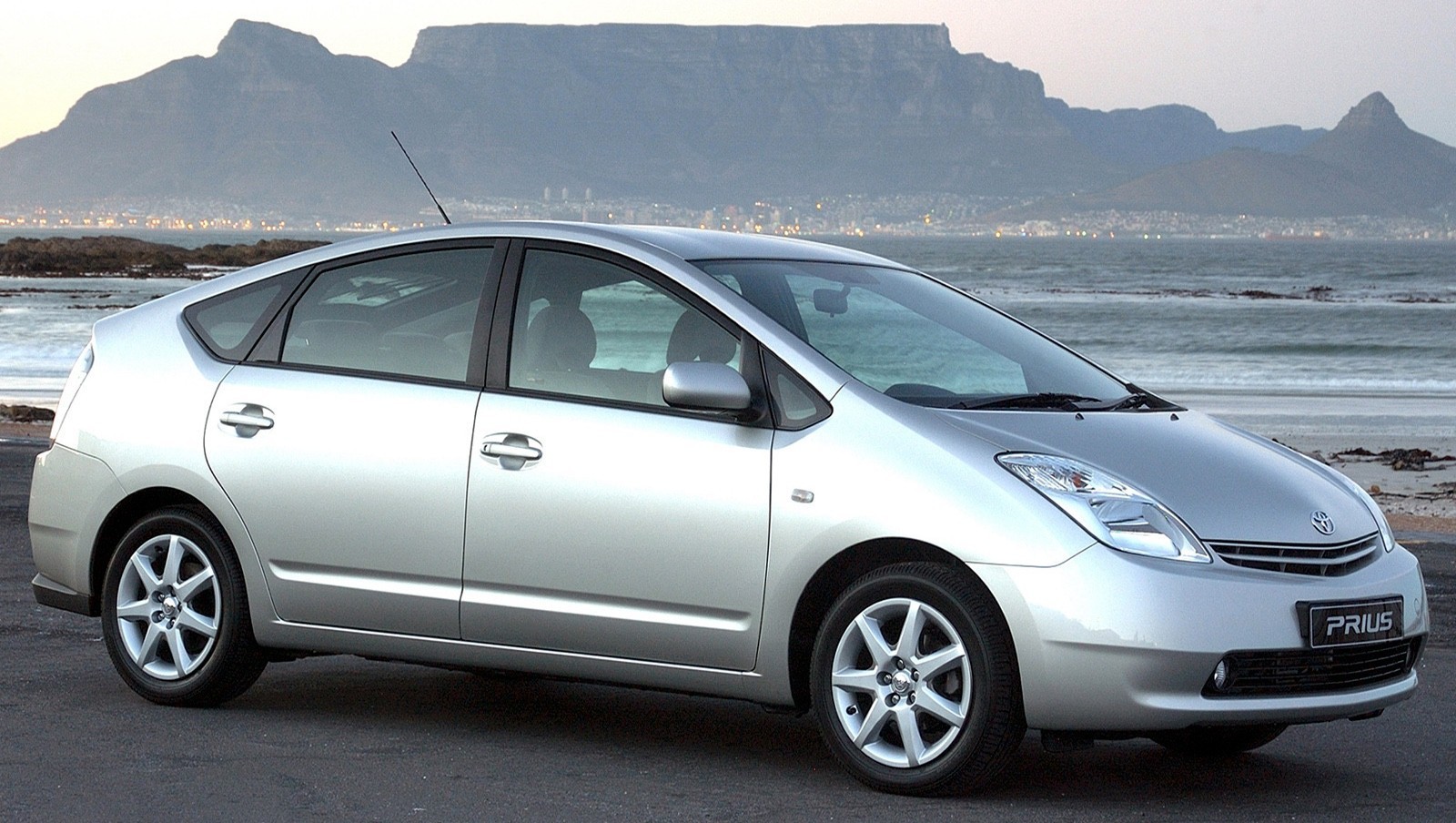
In a relative sense, the Prius was also excellent, because the opponents were not really great. The Citroën C4 came second! You know, that thing with the crazy steering wheel and very anonymous driving characteristics. The second generation Focus was also a contender, but came third. That car didn’t really set new standards like the first one did. So the Prius is a rightful winner!
Opel Ampera
2012
In order to get money from the US government to survive, General Motors finally had to start developing and selling environmentally friendly cars. They had the knowledge, but there was never a need. The result was the Opel Ampera and Chevrolet Volt. These identical twins were born in 2012! They were real plug-in hybrids with which you could also drive parts electrically.
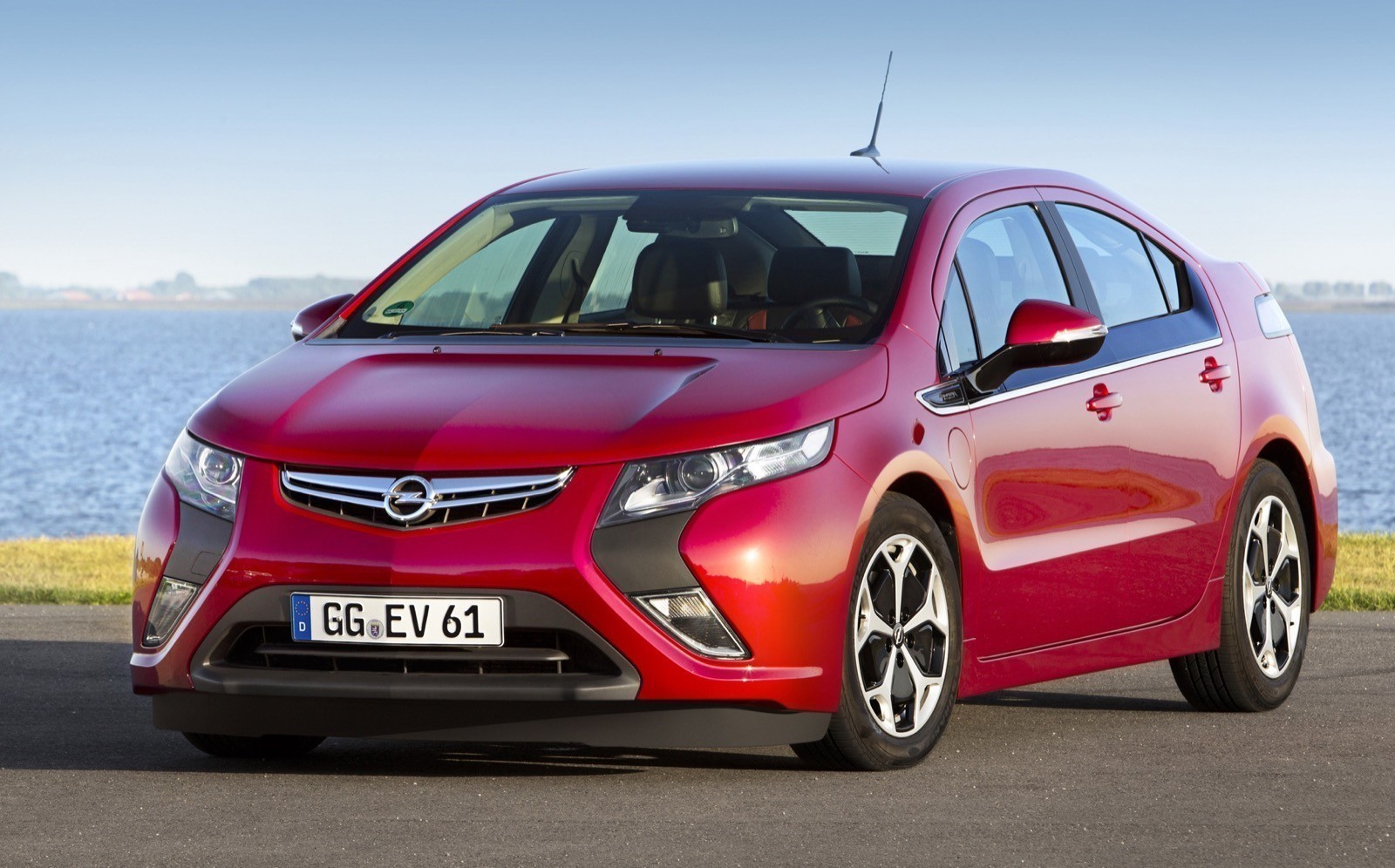
These twins also had to win, because the competition was not that great that year. The Citigo, Mii, Up trio came second and could possibly have won. But yes, VW copied the idea of PSA/Toyota, while the Volt was an original car.
Renault Megane Scenic
1997
Of course this car had to win. No one knew they wanted a midi MPV, but when Renault launched the Mégane Scénic, everyone wanted one. All other manufacturers follow very quickly with a similar concept. But those cars proved (afterwards) that the success was not only due to the concept, but also to Renault’s implementation. The loose seats, soft velor upholstery, decent pricing, option for two glass roofs (yo) and comfortable driving characteristics made it a winner. Not only for the jury, but also in terms of sales numbers.
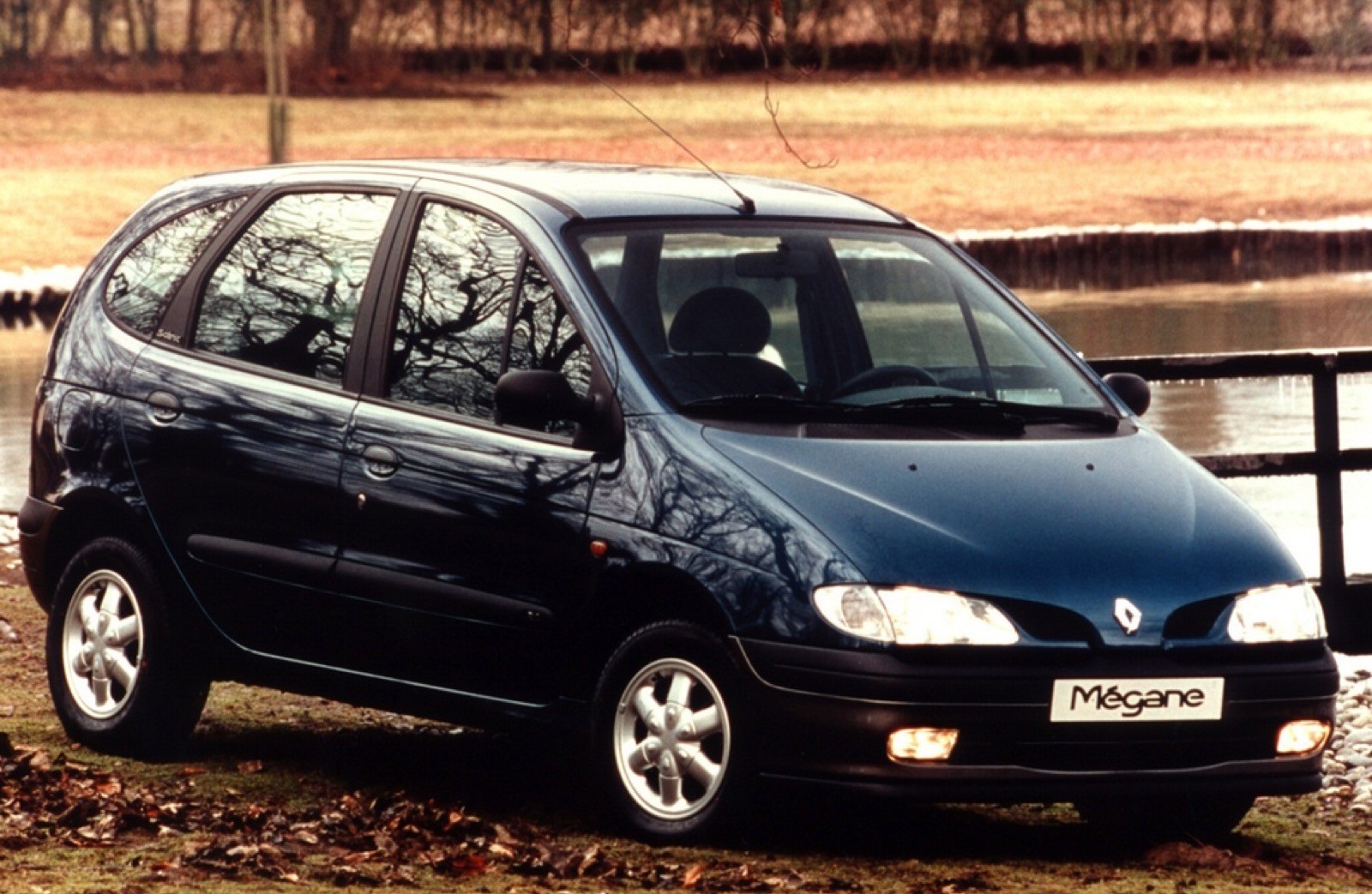
The competition was not bad in 1997. The Ford Ka in particular was a great newcomer. This A-segment car looked very original and drove like a kart. It was almost a GTI, despite the ancient Kent four-cylinder under the hood that dated from the 1960s. At number 3 was the Volkswagen Passat B5, an excellent car but not innovative in any respect.
Kia EV6
2022
Some cars are simply a milestone for a manufacturer and the EV6 was that for Kia. We can’t say it any other way. The car proves how quickly a manufacturer can develop and implement new techniques in series production cars. At the time, we only knew the 800V architecture from the Porsche Taycan, but the EV6 also has it. The design has to be your thing, but it is definitely a recognizable car. Finally, it is also a car that works well as a family car: nice and spacious.
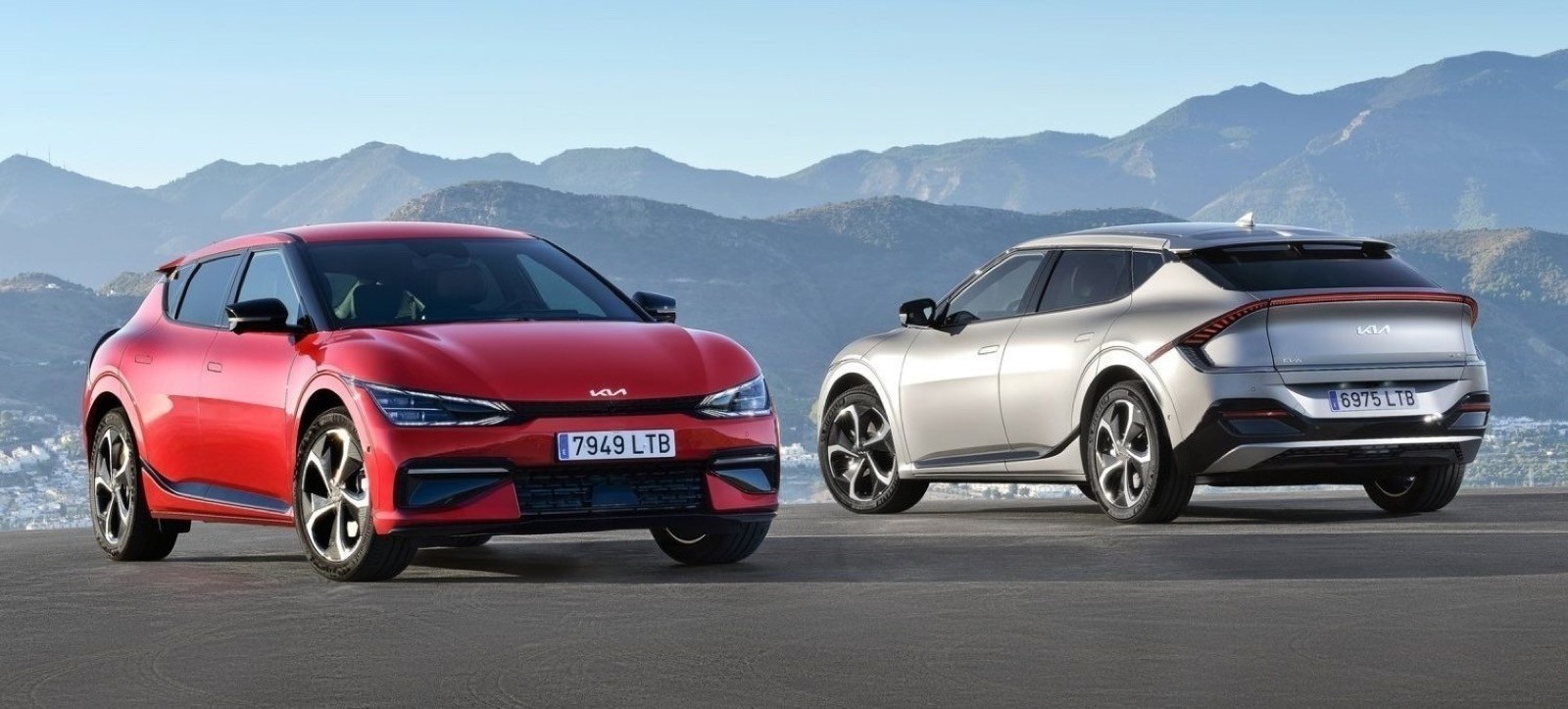
The Kia EV6 was really a very good car compared to the competition. That’s why he won against some pretty good competitors. The EV6 narrowly defeated the Mégane E-Tech. The Renault may be the better car in terms of finish, materials, design and packaging, but the Kia is the better electric car. An excellent range, short loading times and excellent performance. There was also good news for us car enthusiasts, because the EV6 steered exceptionally well.
NSU Ro 80
1968
The current Audi A4 is a neat, but seriously outdated car. No plug-in hybrids, no progressive powertrains and/or other concepts. Or special styling. Its predecessor, the NSU Ro 80, had all that. Now we must note that the Ro 80 was a bit unreliable afterwards and NSU regularly had to replace the Wankel engines under warranty. The styling was unprecedentedly progressive for the late 1960s and was still very popular 10-15 years later. Thanks to the front-wheel drive, it was also a very safe, stable and spacious automobile in that period.
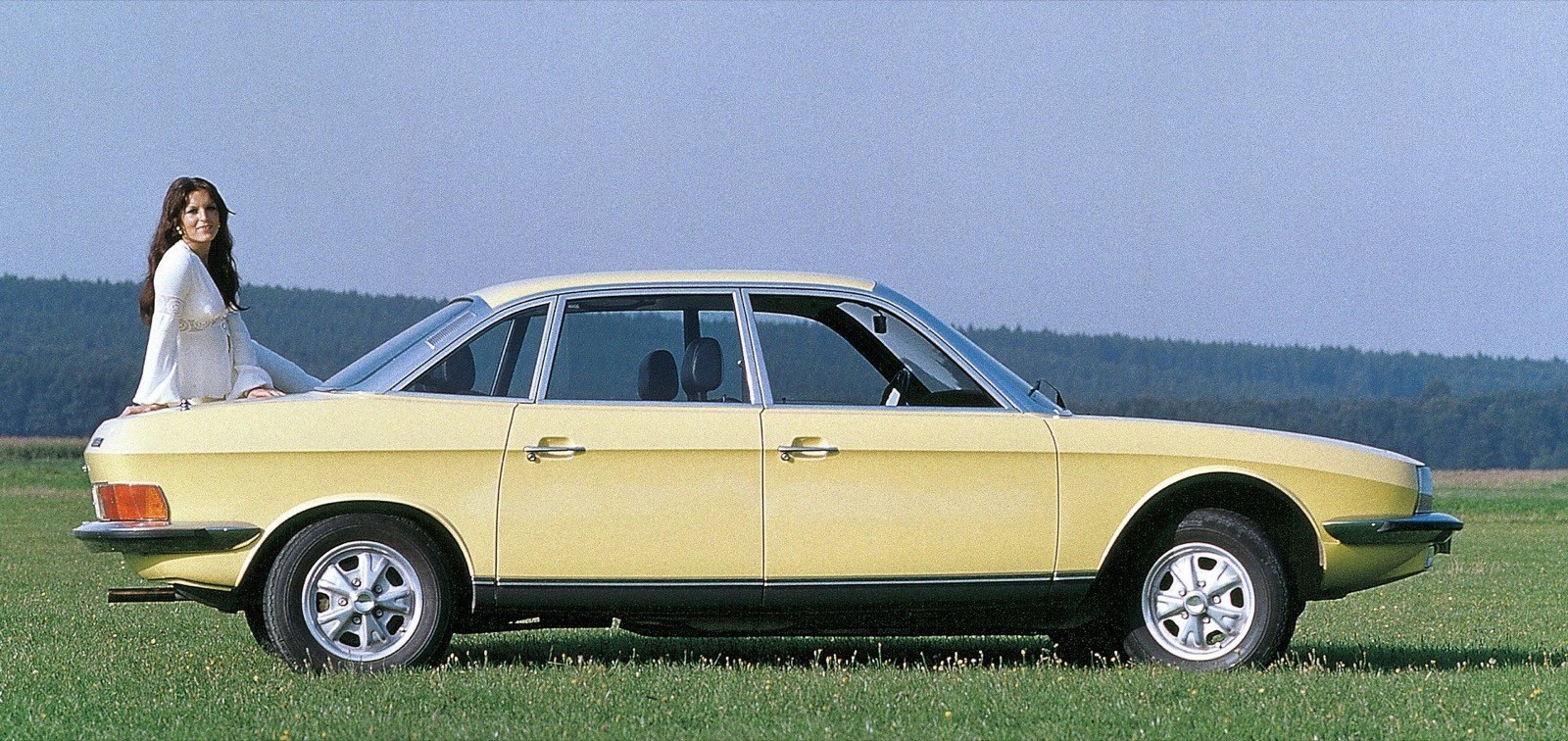
In short, a deserved winner. Especially when we look at the competition. The Fiat 125 came second. That was a large sedan without frills, which may be why it was made by Polski-Fiat for the home market for a long time. The Simca 1100 may have been a brilliant car, but not as progressive as the NSU Ro 80.
Nissan Leaf
2011
Of course, the Nissan Leaf couldn’t not win. The jury had to praise more and more innovation and then you cannot skip the first really serious electric car. It’s a shame to look at it that way, because the Nissan Leaf was simply an excellent hatchback. Coincidentally, we briefly talked about the Nissan Pulsar yesterday, but that was a mediocre offer. You could see that all the development budget went to the Nissan Leaf. It is also clear that Nissan has not focused solely on the battery and electric motor.
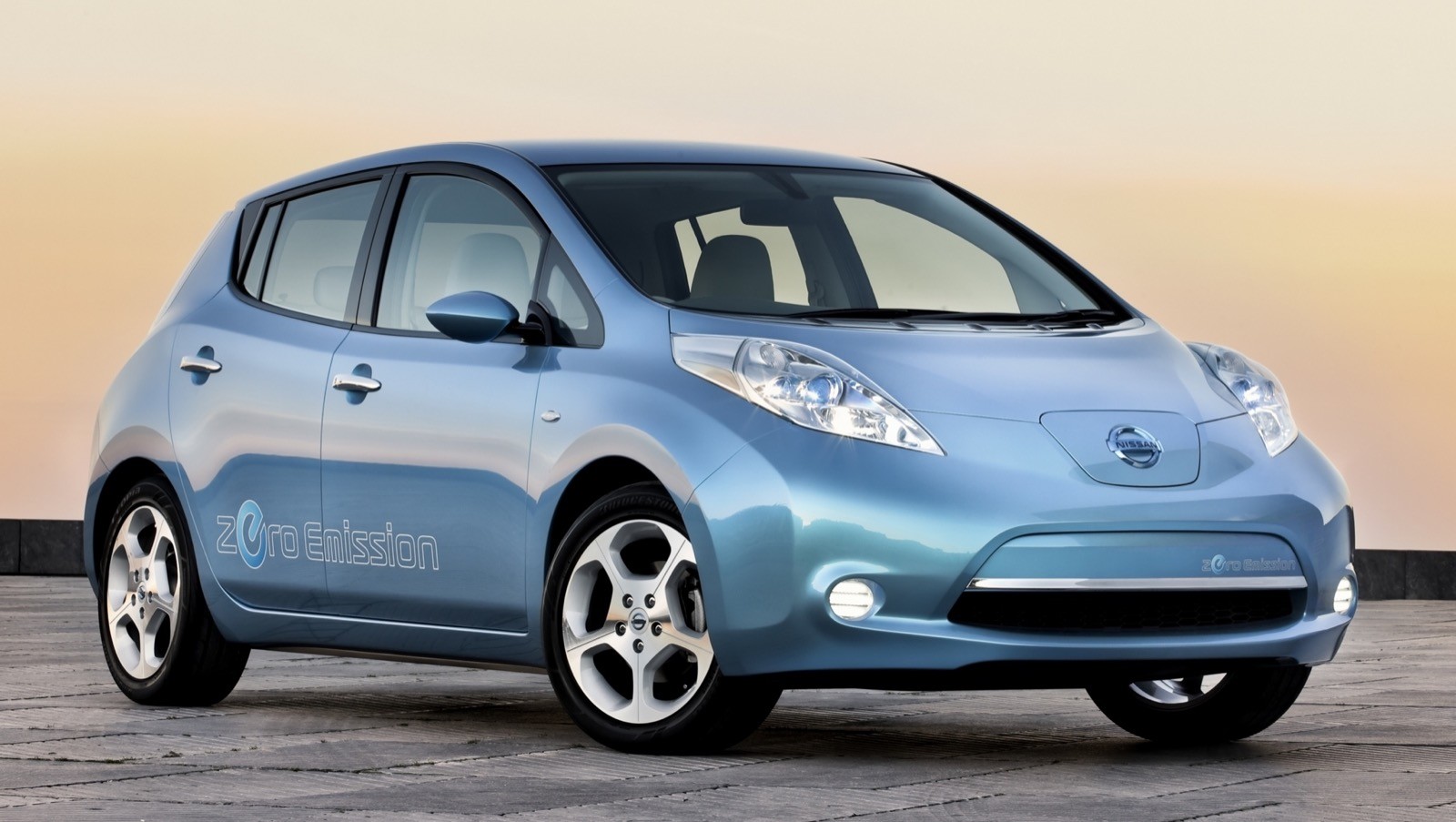
Compared to the competitors, the Leaf was the clear winner, but to be very honest it was still very exciting. The Leaf won with 257 points, but behind it was the Alfa Romeo Giulietta with 248 points. If the Chianti Classico had been a little better at the members’ meeting, the Giulietta could have won. That was not a very good offer for its time. Beautiful but outdated in every way. The Opel Meriva was also a few years late on the market. So the winner deservedly won, but also because of a lack of modern opponents.
Mercedes-Benz 450 SE (W116)
1974
In fact, the Mercedes-Benz S-Class should win every year. Not only is Mercedes an expert in developing new technologies, but also in implementing them. When it comes to build quality, you could even say that the 450 SE is the best car ever in the election. Mercedes only built cars here that were extremely good.
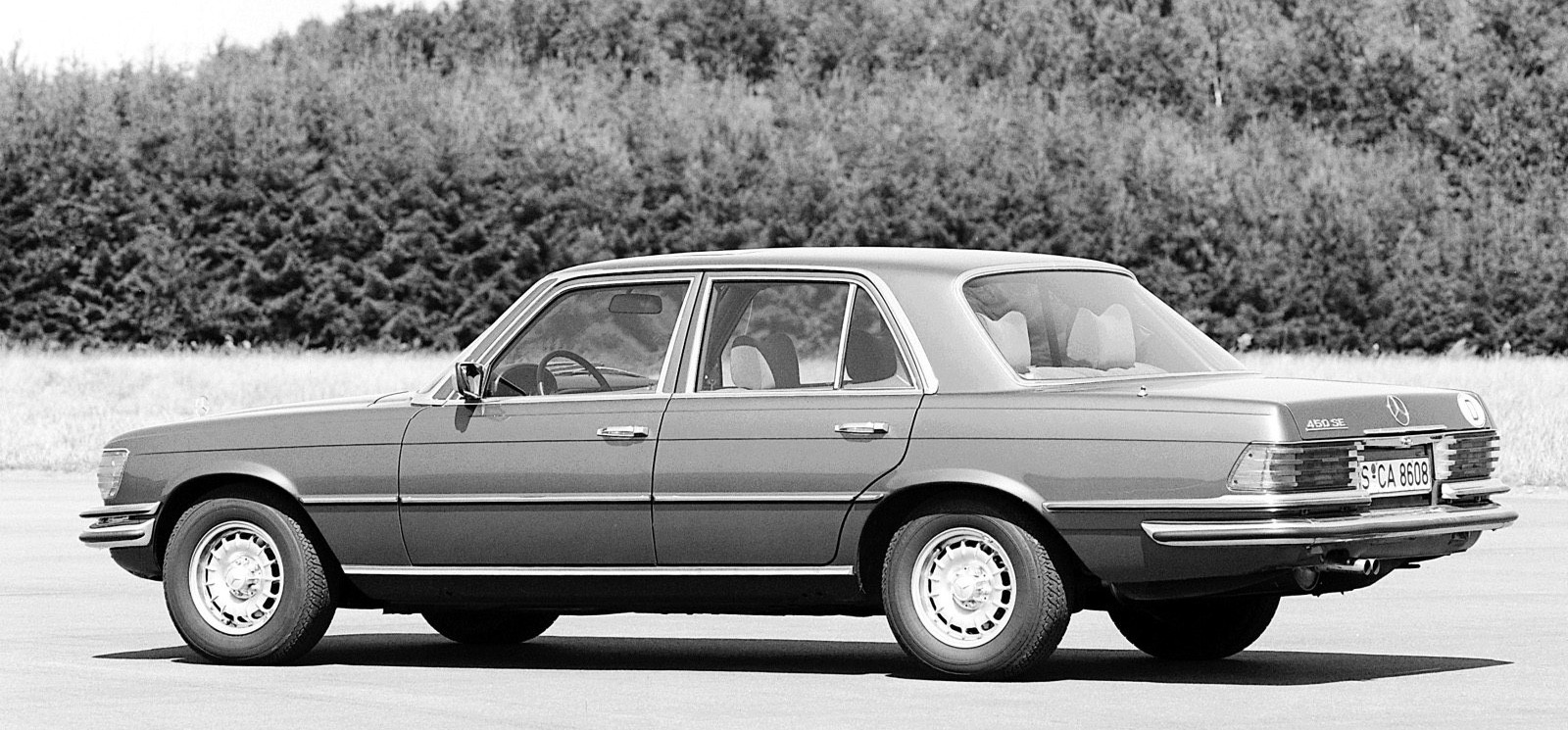
The S-class didn’t have much competition, actually. A Fiat, the X1/9 from Bertone, came in at number two. You know, that little sports car. The Honda Civic was one of the first serious Japanese cars that could disrupt our market, but fortunately the jury members were mainly impressed by the quality of the 450 SE.
Fiat Panda (Tipo 169)
2004
Fiat has regularly won the ECOTY trophy and not always rightly so. The 128 in 1970 was not necessary and the Uno in 1984 certainly not. However, the second Fiat Panda was a masterpiece of the Italians. A small five-door hatchback with a surprising amount of space. You can also get it in various versions, including a 4×4 and 100hp. More important were the cheap versions and the fact that you always got five doors. The 1.3 diesel was a savings miracle when diesel was still possible. However, you could dress the car very luxuriously if you wanted. Jack-of-all-trades.
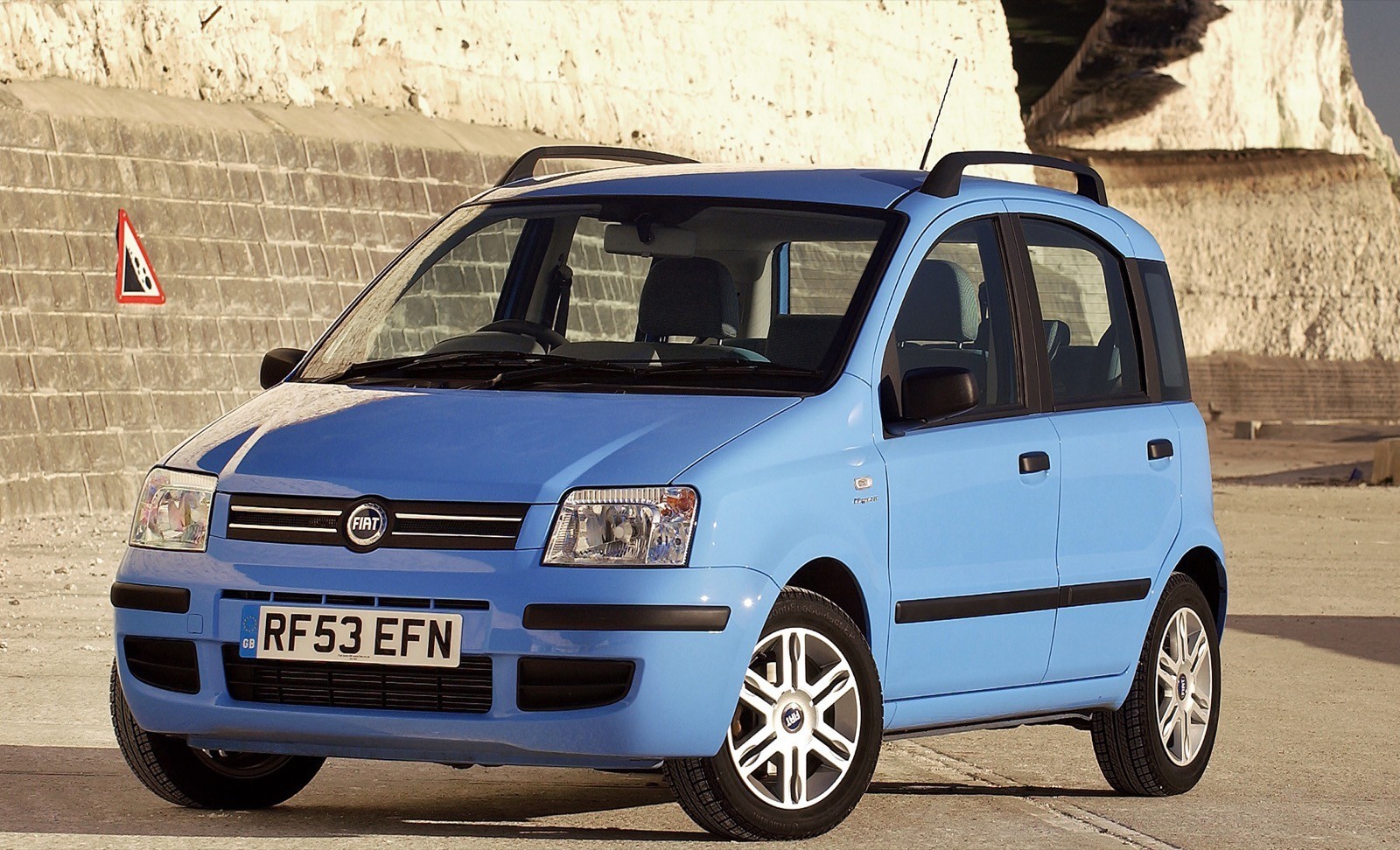
There wasn’t a lot of competition, although the jury obviously made it very exciting. At number 2 was the Mazda3. Not that there was anything wrong with that (that extreme rusting only came later), but otherwise it was quite average. The Golf V was a huge step forward compared to the Golf IV, but being better than your predecessor is not immediately a reason for the jury.
Porsche 928
1978
As with the Mercedes above, it is a shame that they no longer include expensive cars. Because in many cases there really is something to be said for it. The Porsche 928 was full of innovation. A steering rear axle, transaxle layout, sunshades for the rear passengers and let’s not forget the styling. It was very unconventional, but remained fresh until 1995. A unique achievement. It is therefore completely justified that the Porsche 928 became Car of the Year 1978.
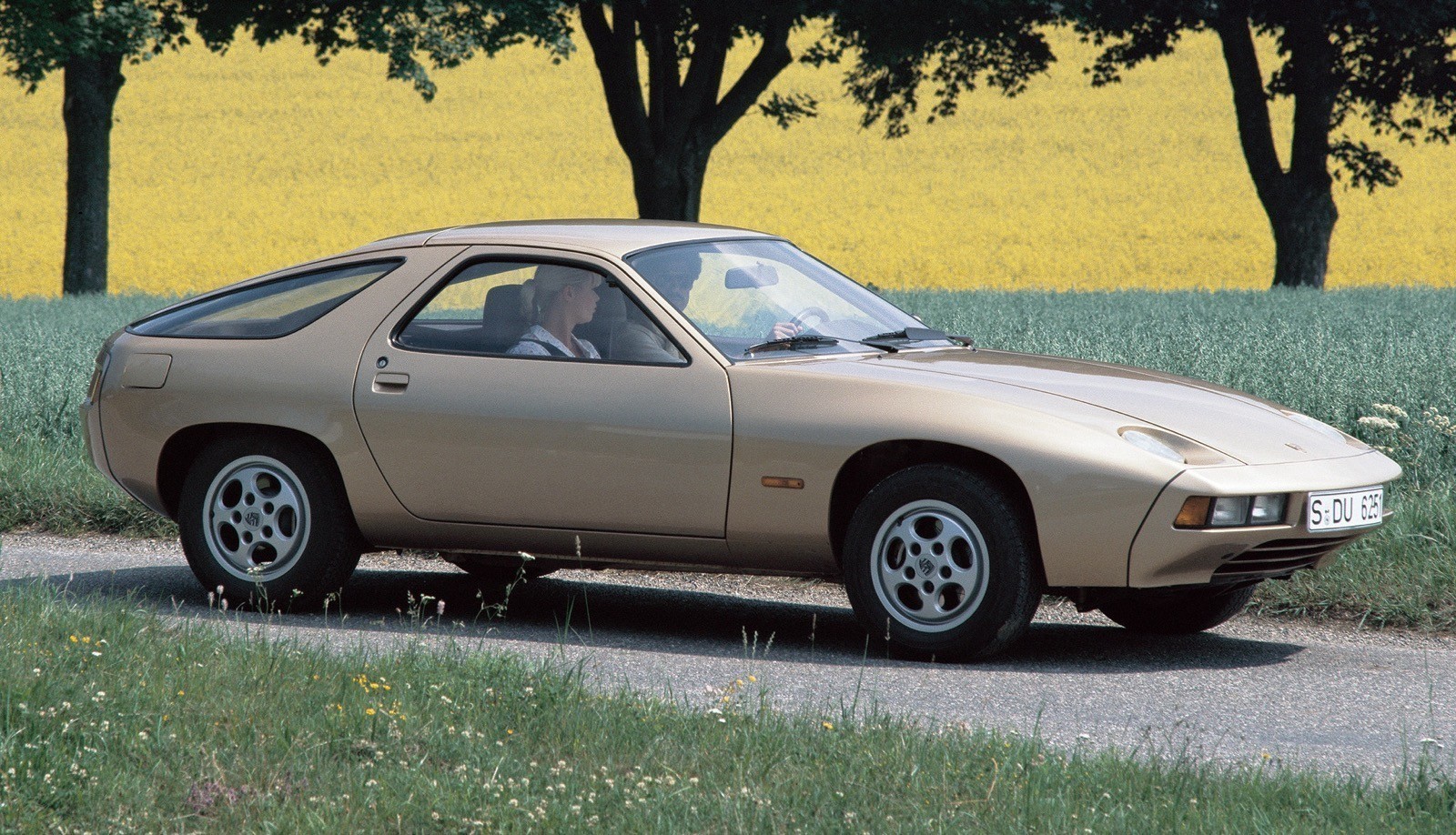
The 928’s victory was quite narrow, because the BMW 7 Series (E23) also participated. And that German was also full of innovation. Third place went to the Ford Granada, also a top performer. Nevertheless, it was right that the 928 won.
Ford Focus (DBW)
1999
The Ford Focus may be the best new car ever introduced. Richard Perry-Jones was at the helm of the Focus project. Absolutely everything was right about this car. Of course, the Escort was a monster of a car, but the Focus had everything going for it: spacious, fully equipped, competitively priced, original styling and available in a huge number of versions. But what was really special were the driving qualities. The Ford Focus was a very nice car, with tight handling without being uncomfortable. The shifting also went great: tight, with a lot of feeling and sufficient resistance. And all for less than 30,000 guilders.
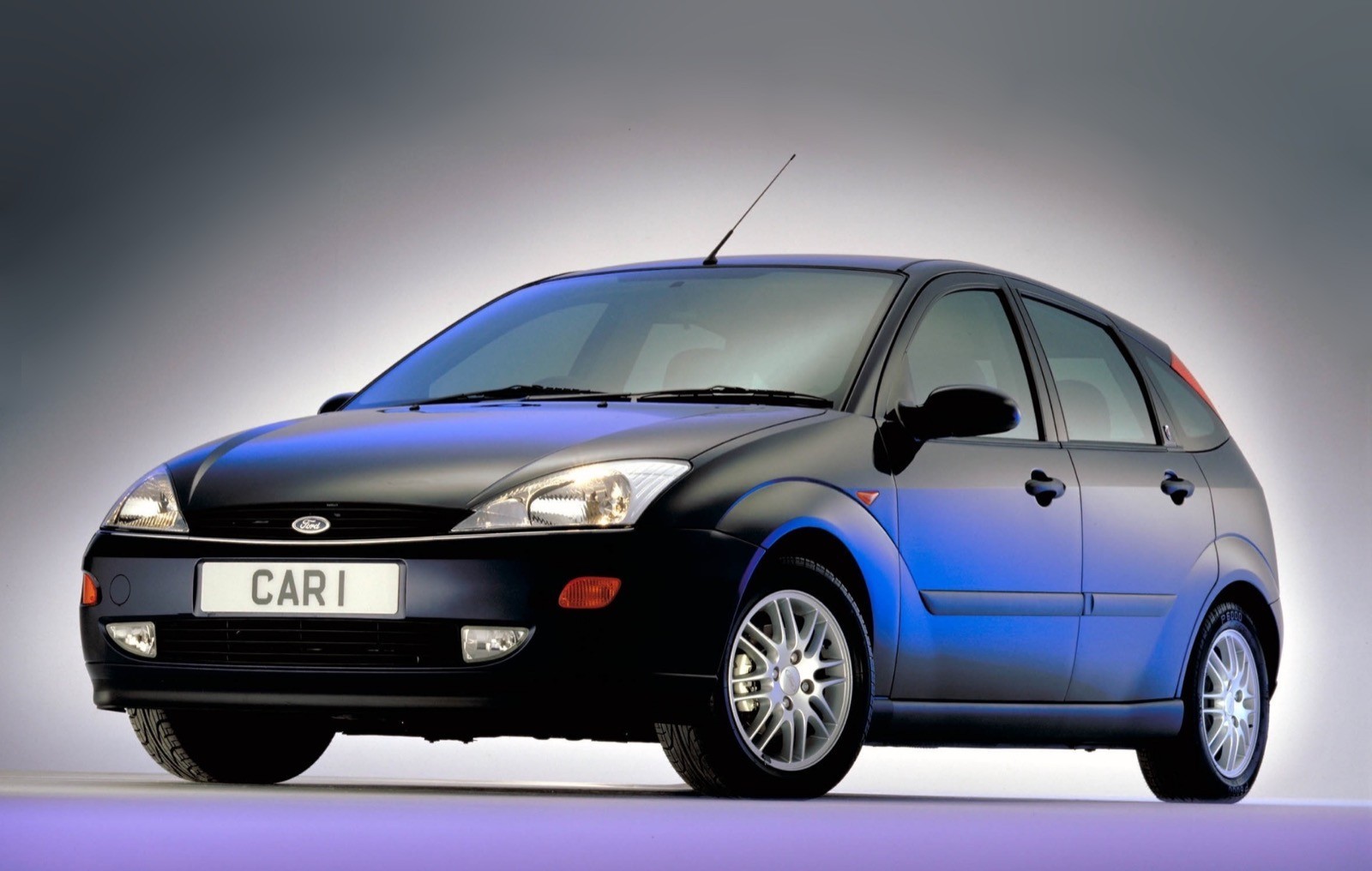
It was also a done deal for the ECOTY jury. Rarely has a car won with such a lead. To get an idea, the Ford Focus received 444 points, the number 2 was the Opel Astra and it only received 269 points in total. The Peugeot 206 – also a great newcomer – only achieved 248 points.
